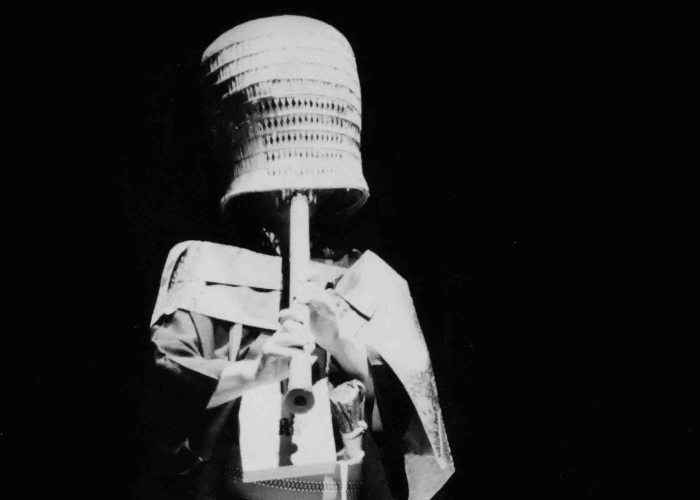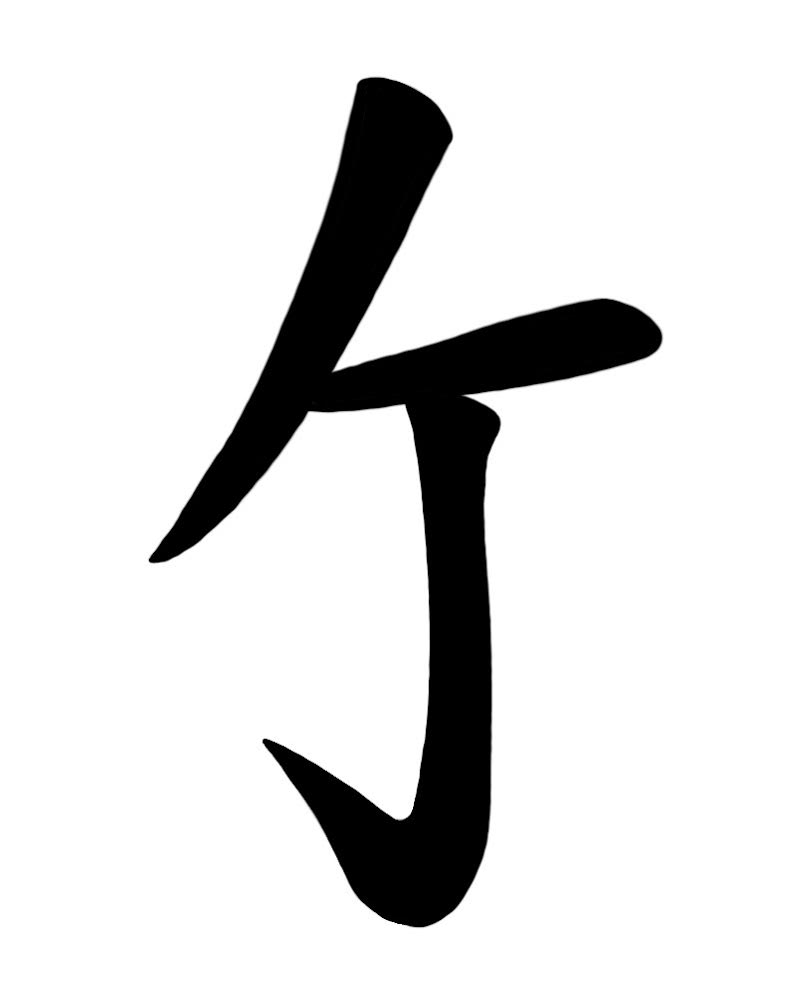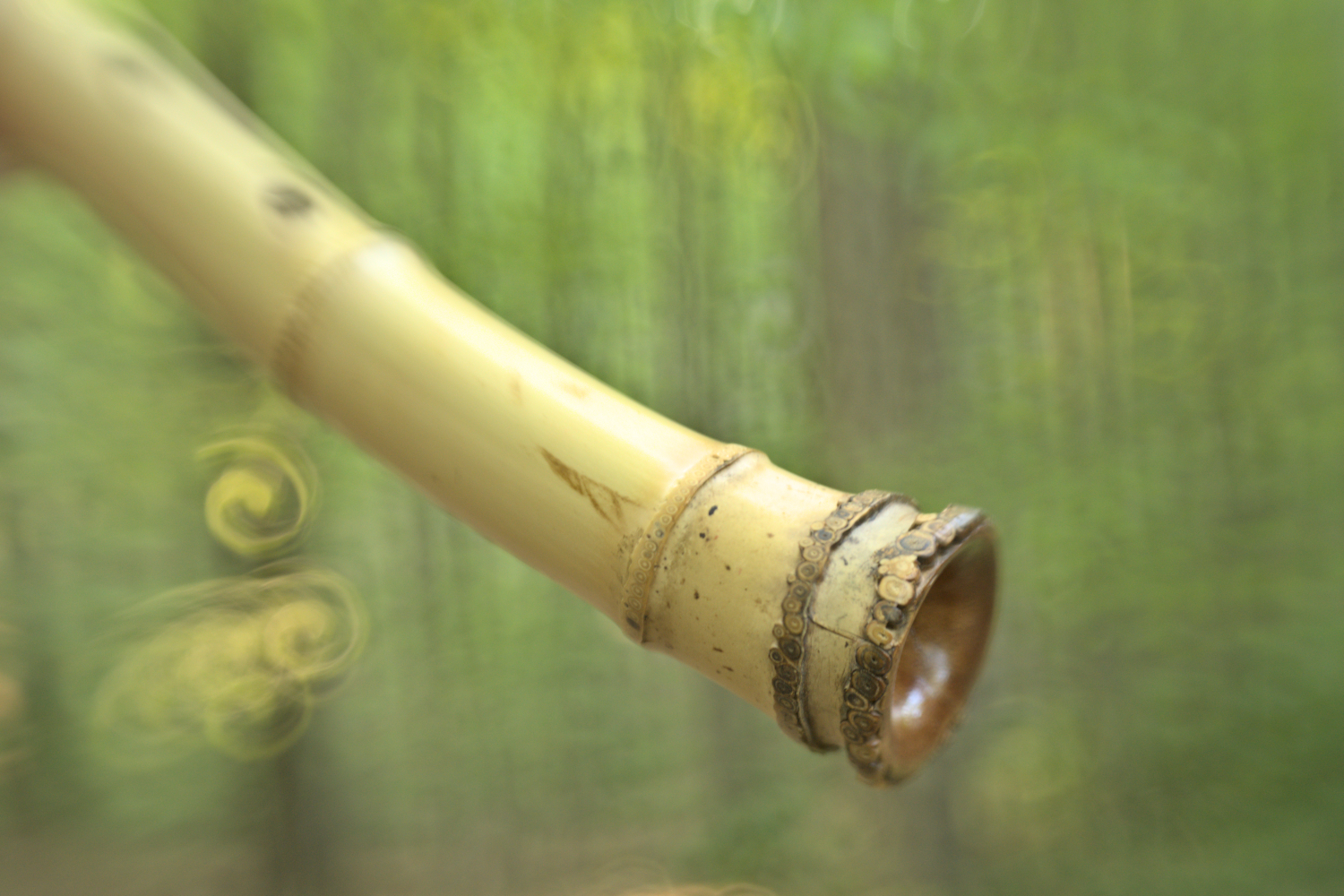Fudaiji Temple Honkyoku: The Seien Ryu and Its Legacy in Myoan Taizan Ryu (普大寺 西園流•明暗 対山派)

The Seien Ryu (西園流) meticulously preserves the original shakuhachi Honkyoku (本曲) of Fudaiji Temple (普大寺).These eleven revered pieces were faithfully passed down to Kanetomo Seien I (兼友西園, b. 1818) by the final two Fudaiji Komuso, Gyokudo and Baizan. While Fudaiji Temple itself was originally located in Hamamatsu, the heart of Seien Ryu found its home in Nagoya, not far from its origins.
The Seien Ryu’s repertoire of 11 Honkyoku gained widespread recognition through the versions popularized by Myoan Taizan Ryu (明暗対山派). This influential school was founded by Suzuki Kodo (later known as Higuchi Taizan, 1856–1914), a direct student of Seien I. (As of recently, the Myoan school is now known as Fuke Myoan.)
The Austere Beauty of Fudaiji Seien Ryu
The Fudaiji Seien Ryu offers the most austere and unadorned playing style in Japan, a direct reflection of its origins in the rural countryside. Outside its native home, this minimalistic approach has largely gone unappreciated, as most masters chose to learn the more embellished versions from Myoan Taizan Ryu and its various offshoots.
However, the very simplicity of Fudaiji Seien Ryu Honkyoku holds immense value for those drawn to humble aspirations or minimalist sensibilities. It offers no flashy techniques to obscure a player’s inability to play simply and well; its unadorned nature leaves nothing to hide behind. This directness also serves to expose any ingrained habits developed from other styles or from playing Honkyoku without proper guidance.
The 11 Fudaiji Seien Ryu Honkyoku
Here are the 11 Fudaiji Seien Ryu Honkyoku, presented in the order I teach them:
- Honte Shirabe (本手調子): Hon or “root”, Te(hodoki) 手解き/手ほどき “teach/learn the basics”/“get a hand for it”, Shirabe “tune/tone; vein; mood; way; manner; style“. Often called/pronounced ‘Choshi’ in Myoan Taizan Ryu and other schools (‘Honshirabe’ in Dokyoku aka Chikushinkai).
- Shizu (志津): Possibly referencing or originating from the Shizu district of Nishikawa Town, located at the foot of Mt. Gassan—an important pilgrimage site of the Dewa Sanzan (出羽三山).
- Taki Otoshi (滝落): “Waterfall drop.”
- Sanya (三谷): “Three valleys.”
- Reibo (鈴慕): “To long for” or “to miss the bell/guidance of a mentor who has passed away.” Renamed Renbo Nagashi (恋慕流) in Myoan Taizan Ryu.
- Koto Sugagaki (箏 菅垣): Koto refers to the stringed instrument, and sugagaki denotes “instrumental music without lyrics, played on the koto or shamisen in the early Edo period.” Renamed Koro Sugagaki (転菅垣) by other schools to remove the secular reference to its origins on the koto.
- Akita (秋田): A piece originating from Akita.
- Tsuru no Sugomori (鶴の巣籠): “Nesting cranes.”
- Mukaiji (霧海篪): “Mist ocean flute.” (篪 referring to a flute, specifically a ganpachi 雁飛篪).
- Koku (虚空): “The emptiness of empty sky.”
- Kyorei (虚鈴): “Empty (sky) bell.”
Fudaiji Temple (普大寺)
Founded in 1613 in Hamamatsu, Fudaiji Temple initially stood in Hirata-machi before relocating to Shiken-cho. Like countless other temples, it faced the anti-Buddhist movement of the Meiji period and was ordered to close in 1871. It was subsequently sold into private hands and remarkably transformed into the first Yamaha pipe organ factory. The last Fudaiji Komuso to practice there were Gyokudo and Baizan.
Today, Gyokudo and Baizan are sometimes mistakenly thought to be a single person, “Gyokudo Baizan.” However, all remaining older sources clearly refer to them as two distinct individuals. Little memory of their lives endures, save for two poignant stories recounted by Yasufuku Gozan:
The Komuso Baizan reportedly struggled to operate the back hole of his shakuhachi to his satisfaction. To remedy this, he took the extreme measure of cutting off the tip of his thumb. The Komuso Gyokudo, despite being a master of Honkyoku, was naturally inexperienced with Gaikyoku (外曲), the Sankyoku ensemble music that was forbidden for Komuso. However, late in his life, he undertook the challenge of learning Sankyoku Kurokami and apparently became quite proficient. It is thanks to their students, notably Murase Chikuo and Kanetomo Seien, that the Fudaiji Honkyoku were preserved for future generations.
Kanetomo Seien: The Unwavering Spirit
Kanetomo Seien was born Kanetomo Yasuzaemon Morinobu on December 18th, 1818, into a wealthy Nagoya family whose business was honing swords and knives. His shakuhachi name, Seien (西園), is derived from his given name Morinobu, which can also be pronounced Seien, though with different kanji.
From childhood, he harbored a deep love for the shakuhachi and studied under the Fudaiji Komuso, Gyokudo and Baizan. He eventually mastered the 11 Honkyoku of Fudaiji Temple. At that time, Sankyoku was officially banned in Nagoya during the Edo period. It is said that Seien played Honkyoku every day, pausing only when ill. A testament to his playing’s serene nature, there’s a story that his music could even ease horses to rest and sleep.
Regarding his character, Kanetomo was known for disliking greed and caring solely for the shakuhachi itself. He frequently declined invitations to lavish restaurants from high-society individuals. Despite his musical prowess, his disinterest in worldly affairs had severe financial repercussions. Even marrying into a very wealthy family couldn’t prevent the deterioration of his business relationships.
Over time, he grew so impoverished that he struggled to afford basic necessities like rice and tea. Yet, through it all, he is said to have calmly played shakuhachi, as if completely carefree. Eventually, in Meiji 10 (1877), he was forced to rent out his home for income and moved to Sugawara-cho, dedicating the remainder of his life to playing and teaching shakuhachi. During this period, many soldiers returned to Nagoya from the Seinan Senso (Southwest War). Some would seek out Seien, asking him to teach them shakuhachi. He was known for his kindness, teaching even the poor without hesitation.
Seien himself never wished to found a Ryu or school, showing no interest in the power or politics of heading a Ryu-Ha. Thus, it was out of necessity, after his death in Taisho 3-4 (1914–1915), that his students officially established the Seien Ryu. This was crucial as other schools, such as Kinko Ryu and Tozan Ryu, began entering Nagoya, creating a natural need to distinguish the indigenous Fudaiji way of playing. His devoted students posthumously named the school Seien Ryu after their beloved teacher, making him its de facto founder, Seien I.
Among his esteemed students were Yamagata Isaburo and Hayakawa Ryusuke, both prominent and knowledgeable figures of their time (Hayakawa being a member of parliament and Yamagata the head officer of Nagoya’s army). Other notable students included Sawa Ichirobe, Yamada Wado, Yashiro Rokushiro, Suzuki Kodo (later Higuchi Taizan and founder of Myoan Taizan Ryu in Kyoto), and Uchida Shizan (who would become Uchida Seien II).
Kanetomo Seien passed away on March 21st, Meiji 27 (1894), at 78 years old. Under the proposal of his students Higuchi Taizan and Uchida Shizan, a memorial for Kanetomo Seien was erected in March, Meiji 31 (1898), in Nagoya (later moved to Tokokakushisan).
The Evolution: Fudaiji Seien Ryu Honkyoku into Myoan Taizan Ha
Born in Nagoya in 1856, Suzuki Kodo (later Higuchi Taizan, 橋口対山) first studied shakuhachi under Kanetomo Seien, becoming one of his top three students. His initial artist name was Kodo; he later adopted his wife’s family name, Higuchi, and changed his artist name to Taizan. He was a skilled player of both Sankyoku and Honkyoku, in addition to Gagaku. He eventually moved to Kyoto to establish himself as a teacher and performer.
However, perhaps due to Kyoto’s already established Sankyoku style, Soetsu Ryu, he found limited success with Sankyoku music. Instead, he found great success teaching the Fudaiji Honkyoku of the Seien Ryu. Higuchi Taizan went on to found a new revival Komuso shakuhachi temple, named Myoanji (明暗寺), after the original Kyoto Myoanji temple which had previously been destroyed. Higuchi Taizan assumed the lineage of the former Myoanji, thus becoming its 35th Kanshu (head). (The pre-Taizan Myoanji is often referred to as ‘kyu’ or ‘old’ Myoanji).
Taizan founded what he called the Myoan Taizan Ryu, initially teaching the 11 Fudaiji Honkyoku. However, desiring to expand the repertoire, he traveled to Tokyo to study Kinko Ryu from Araki Kodo II. Taizan also learned and subsequently taught pieces from Oshu and Kyushu. The Myoan Taizan Ryu unique playing style for all these Honkyoku pieces evolved into its own distinct tradition. Myoan Taizan Ryu pieces gained immense popularity, spreading across Japan and into the Western world, particularly through the iterations popularized by masters like Takahashi Kuzan, Jin Nyodo, Nishimura Koku, and Watazumi (“Wadatsumi”), among others. They remain some of the most revered Honkyoku pieces today.
Through the years, Higuchi Taizan maintained strong connections with his Seien Ryu shakuhachi brothers back in Nagoya, frequently writing letters and visiting from time to time. Myoan Taizan Ryu has endured to this day as an active group, and Taizan’s Myoanji Temple in Kyoto is a frequent destination for shakuhachi players from around the world. In our century, the style has been renamed Fuke Myoan.
Fudaiji Seien Ryu Lineage chart
This chart comes courtesy of my teacher, Justin Senryu.


